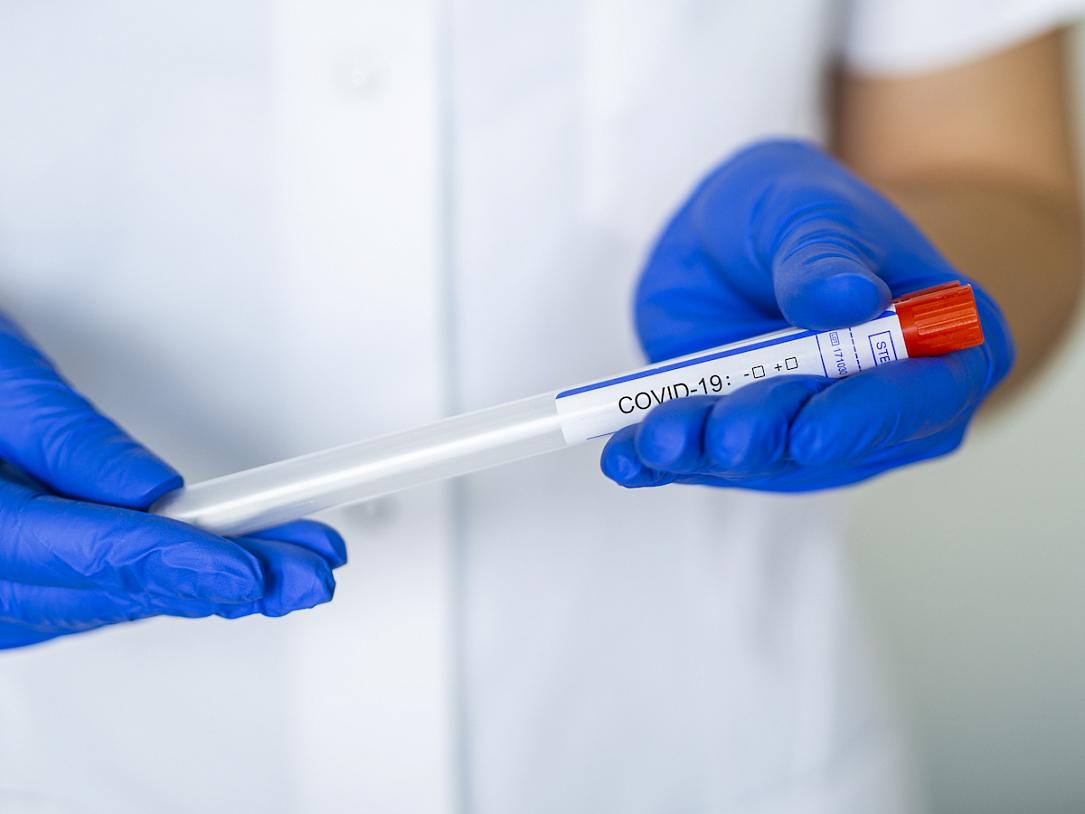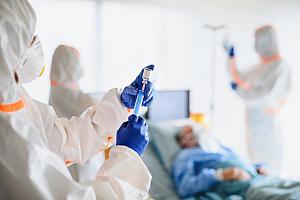Bucharest hospital uses plasma treatment for COVID-19

Three Covid-19 patients admitted at the intensive care unit of the Matei Balş Infectious Diseases Institute in Bucharest were treated with plasma from recovered patients, local daily Adevarul reported.
The three received the treatment on May 1. The plasma therapy is used in addition to the drug treatment.
More than 30 countries in the world are currently trialing the convalescent plasma treatment. More than 4,800 coronavirus patients have been declared cured in Romania so far.
The outcome of the plasma treatment will be seen in the coming days, Dr. Adrian Marinescu, who works at the Balş Institute, explained.
“For every patient, we choose the right dose and the best option. There are many factors to take into account, considering that they are critically-ill patients,” Marinescu explained, quoted by Adevarul.
Before being used, the convalescent plasma is tested like any other blood product for HIV, hepatitis, syphilis, and so on. The tests are done at transfusion centers that have plasmapheresis equipment.
There are four such devices currently in Romania, which have been donated by a pharma company. They are found in Bucharest, Iaşi, Timişoara, and Piatra Neamţ.
The first donors were doctors, who went to donate at the Transfusion Center in Bucharest.
Florin Hozoc, the director of the company that donated the plasmapheresis equipment, explained that more patients could be treated, but more plasma donations are needed.
“Two patients donated 600 millilitres of plasma. More could be done, but there is no plasma. So it would be important that donors start going to [donation] centers. A cured patient can return to donate through plasmapheresis every ten days maximum, for three-four weeks, depending on their antibodies level,” Hozoc explained, quoted by Adevarul.
By comparison, if the plasma was harvested through a blood donation, only a 200-millilitre dose would be obtained out of 450 millilitres of blood. The donor would be able to return for a new donation only after six weeks, when the level of antibodies would be too low, Hozoc explained.
The most important outcome of the plasma treatment is a decrease in the virus concentration and an increase of the oxygen level in the blood. In other countries where the treatment was used, within 48 hours, the oxygen level in the blood was high enough to reduce the need for mechanical ventilation of the patient, Hozoc explained.
(Photo: Ina Plavans/ Dreamstime)
editor@romania-insider.com













